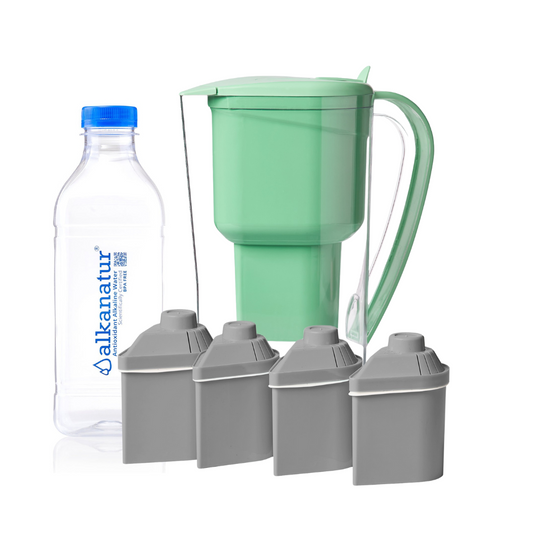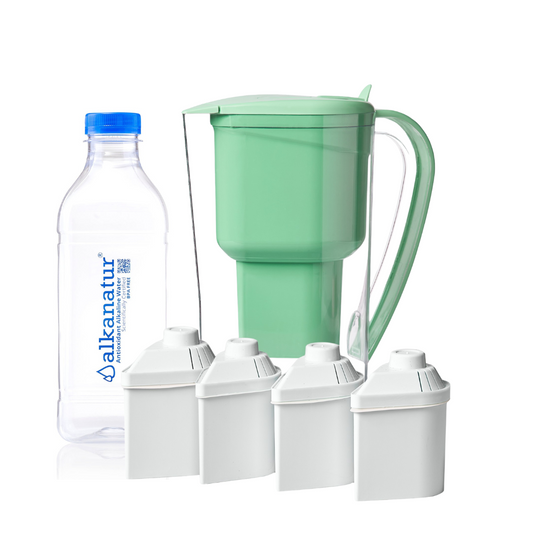For the determination of the freshness and the degree of aging of the egg, there are several types of methods that in turn can be classified into two subtypes depending on whether or not they affect the integrity of the egg (1).
We can divide the methods into two:
1- Methods that do not affect the integrity of the egg:
Appearance and integrity of the shell:
Pay attention to the surface of the egg by checking with a magnifying glass/lens if the cuticle is intact.
Lighting test:
The egg can be seen through an ovoscope, allowing the detection of small cracks, traces of blood inside or if it has been fertilized. Other aspects that are valued by this technique are the air chamber (it must have a maximum height of 6mm and in the case of extra 4mm eggs. This air chamber increases in size over time due to the accumulation of water and CO2), the fluidity of the white and the position of the yolk that, as it ages, moves towards the poles.
Shake test:
the egg is taken between the index and thumb fingers and with a gentle movement, it is stirred. The higher the noise, the older the egg. This is due to the increase in the air chamber.
Appreciation of freshness by flotation:
when introducing the egg in a 10% saline solution, it can be determined, depending on the position taken, its freshness. This simple technique only serves to detect eggs in less than 2 weeks. It is based on the size of the air chamber and its increase in size over time. If the egg sinks horizontally keeping in the bottom it means that it is fresh, if it sinks but remains in an intermediate zone, the eggs have about a week and finally, if the eggs float in the solution it means that they are two or more weeks
Determination of freshness with UV lamp:
when the egg is subjected to ultraviolet radiation, the pigments in the shell emit a characteristic fluorescence depending on the color of the egg. For example, the white egg emits a blue-violet light when it is fresh and bluish when it is old. Instead, the fresh brown will emit a red-purple light and when it is old violet.
2- Methods that affect the integrity of the egg:
•Appearance of the raw shell egg:
when examining the profile egg, a domed yolk should be seen, centred and surrounded by white. The clear must be transparent, clean and without foreign bodies. If the egg is old we will observe a flattened yolk and a more liquid and less firm white.
•Appearance of cooked egg:
A centred yolk indicates that the egg is fresh.
•Odor:
All consumable eggs must present the absence of strange odours such as sulphur. In order to determine the smell, the obtuse pole must be pierced with a small needle. Sources:
4. Institute of Egg Studies
http://institutohuevo.com/wp-content/uploads/2017/07/EL-GRAN-LIBRO-DEL-HUEVO.pdf
Extracted from the food analysis subject of the Isabel I. University
Alkanatur Alkaline Water Filter Pitcher with Magnesium & Antioxidants – Alkanatur North America









